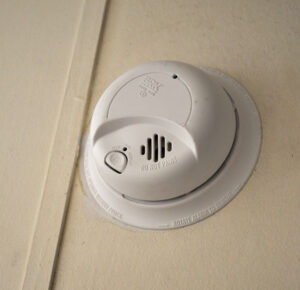When the lights go out, you want more than a flashlight and a phone with 12% battery. You want your home to stay safe, warm, and functional no matter what the weather or the grid is doing. But before you invest in a backup generator, you need to answer the biggest question: What size generator do I actually need?
The answer depends on your home, your priorities, and how you plan to use backup power during an outage. Below is a clear, homeowner-friendly breakdown of what to consider so you can choose the right size generator with confidence.
1. Start With Your Essential Loads
Most homeowners begin by identifying the must-have systems they can’t live without during a power outage. These are typically called essential loads, and they may include:
- Refrigerator and freezer
- Heating system or heat pump
- Air conditioning (varies widely in electrical demand)
- Well pump
- Sump pump
- Medical equipment
- Wi-Fi router and basic electronics
- Lighting circuits
Every electrical device draws a specific amount of power measured in watts. Generators are rated in kilowatts (kW). Knowing what you want to power tells you how big your generator needs to be.
Example:
A refrigerator (700W), furnace blower (800W), and sump pump (1500W starting wattage) alone can push you well over 3 kW. Add lighting, outlets, and a well pump, and suddenly you’re in 8-12 kW territory.
2. Consider Whole-Home vs. Partial Backup
Modern homeowners are increasingly choosing whole-home standby generators, which power nearly every circuit in the home.
A whole-home generator usually ranges from 14 kW to 24 kW depending on home size, heating type, and high-demand appliances.
Meanwhile, a partial-home system (also called a “select circuit” system) powers only your essential loads. These generators usually range from 7 kW to 14 kW.
If you want to run:
- Central A/C: you likely need 16–24 kW
- Heat pump: typically 18–24 kW
- Electric range or oven: 20+ kW
- Well pump: 10–14 kW minimum for essentials
3. Account for Starting vs. Running Wattage
Some appliances, especially motors, require a lot more power to start than they do to run.
For example:
- A small A/C unit may run at 1,200 watts but require 3,000+ watts to start.
- A sump pump may run at 700 watts but spike to 1,500 watts at startup.
Oversizing your generator slightly ensures it can handle these momentary power surges without shutting down or damaging equipment.
4. Gas, Propane, or Natural Gas?
Fuel type affects generator performance.
- Natural gas: Convenient, reliable, unlimited supply.
- Propane: Powerful option; requires a tank.
- Gasoline: Typically for portable generators only; not ideal for long outages.
Standby generators that run on propane or natural gas often produce slightly different wattages depending on the fuel, so this affects your sizing.
5. Think About Your Home’s Future Needs
If you’re adding any of the following in the next few years, consider sizing up:
- Electric vehicle charger
- Electrified heating system
- Hot tub
- Outdoor office or ADU
- Major kitchen upgrades
Your generator is a long-term investment. Planning ahead now saves you from outgrowing your system later.
6. Whole-Home Transfer Switch or Load-Shedding?
How your generator connects to your home matters.
- Whole-home transfer switches allow your generator to power everything.
- Load-shedding technology automatically prioritizes essential loads so large appliances don’t overload the generator.
Both impact the size and type of generator that makes sense for your home.
7. Get a Professional Load Calculation
Choosing a generator is not a one-size-fits-all decision. An expert electrician will:
- Review your home’s electrical panel
- Calculate starting vs running wattages
- Evaluate heating/cooling systems
- Assess fuel supply
- Recommend the exact generator size for your needs
This prevents costly oversizing or undersizing that leaves you powerless when it matters most.
Ready to Protect Your Home?
Prairie Electric has helped homeowners in Vancouver, WA and across the Pacific Northwest choose, install, and maintain the right standby generator systems for over 40 years. Whether you want essential backup or seamless whole-home coverage, our team will guide you through every step—from load calculations to installation and ongoing service.
Learn more about generator installation and request a quote today.


